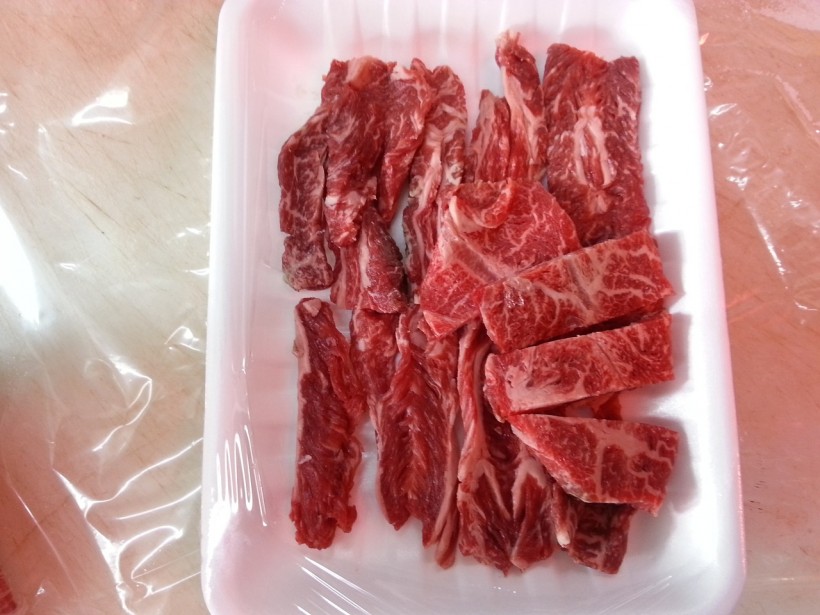A research group was able to come up with a novel biodegradable film that has the capacity to make food remain fresh for prolonged periods.
Biodegradable Film
Phys reports that the biodegradable film consists of a poly(limonene), which is a limonene-derived compound, and chitosan, which is a chitin-derived biopolymer found in crustacean exoskeletons.
The novel was made by a research group from the state of São Paulo in Brazil. Its development was participated in by scientists from the University of Campinas Department of Materials Engineering and Bioprocesses at the School of Chemical Engineering. Scientists from São Paulo's Packaging Technology Center at the Institute of Food Technology (ITAL) of the Department of Agriculture and Supply. Their findings were reported in the Food Packaging and Shelf Life journal.
The researchers focused on limonene due to Brazil being one of the world's largest orange producers, while São Paulo is a leading state for orange production.
Limonene has been previously used for food packaging films to boost conservation, thanks to its antimicrobial and antioxidant capacity. However, both instability and volatility during its manufacturing process impair its effectiveness, Compsmag explains.
To bypass this issue, the researchers utilized the poly(limonene) derivative, which has greater stability compared to limonene. Aside from this, they also used chitosan for the matrix of the film due to its characteristic of being a naturally derived polymer that has known antimicrobial and antioxidant capabilities.
The researchers hypothesized that mixing these two materials together could lead to the creation of a film that has better bioactive capacities.
The scientists compared poly(limonene) and limonene films in different proportions to address the problems that come with finding ways to mix them with chitosan. They decided to go with polymerization, which is a process wherein polymers originate from tinier organic molecules.
The researchers then examined the biodegradable film to gauge its properties, including its antioxidant capacity, water vapor and light protection, and high-temperature resistance. Results revealed that the poly(limonene) films had better performance compared to the limonene ones, especially when it came to antioxidant properties. It also did satisfactorily well as a blocker of ultraviolet radiation. On top of this, it was also observed to be non-volatile, which made it suitable for large-scale packaging production.
The biodegradable films are not yet commercially available for manufacturers due to the fact that the production of chitosan-based plastic is not large-scale enough, the need to optimize the process of producing poly(limonene), and the need to be tested in the commercial packaging manufacturing process.
Sustainable Packaging Alternative
Nevertheless, this film could serve as a sustainable packaging alternative in a society where plastic packaging fills oceans and landfills. The use of petroleum-derived packaging materials has led to such a situation, as these materials do not get significantly recycled and do not have high degradability.
Hence, to address the issue while meeting the global demand for healthy and environmentally safe products, the food industry is working towards developing sustainable packaging alternatives. These alternatives should be capable of preserving food's nutritional quality and other organoleptic traits, including its texture, taste, color, and smell.
RELATED ARTICLE: Alternative Energy: Novel Nanocomposite Hydrogel Could Help With Hydrogen Mass Production
Check out more news and information on Tech & Innovation in Science Times.















